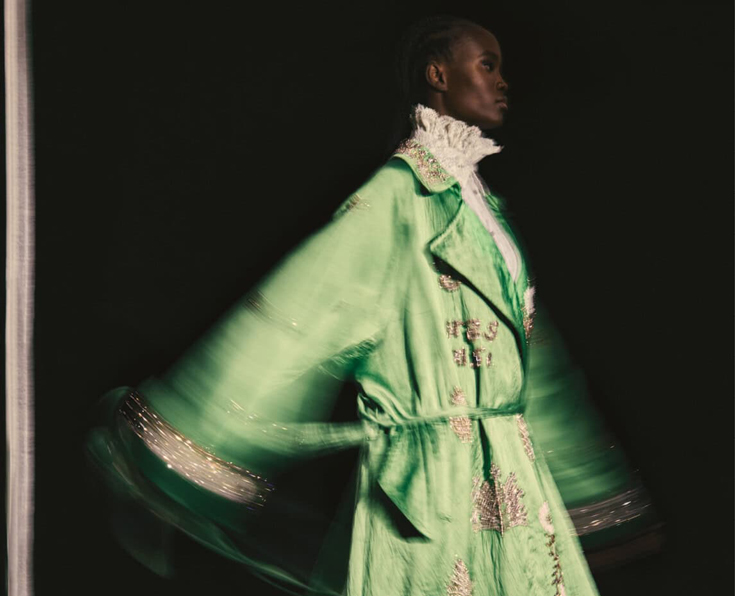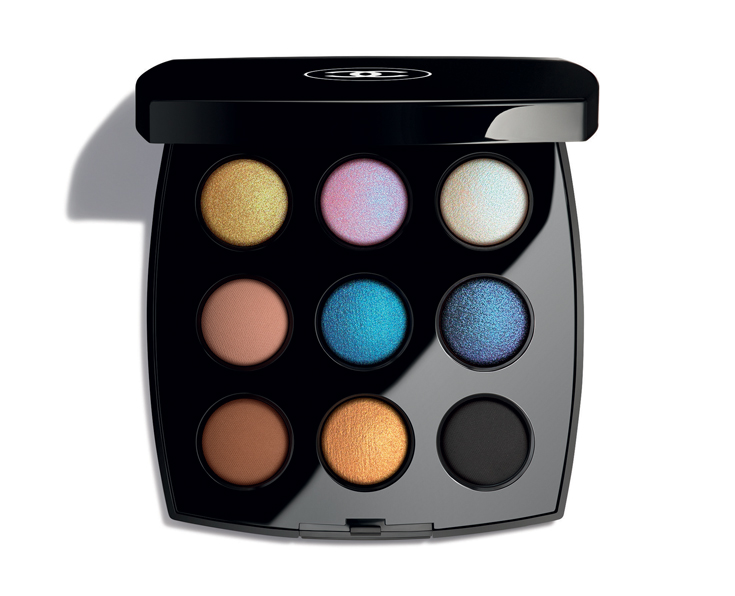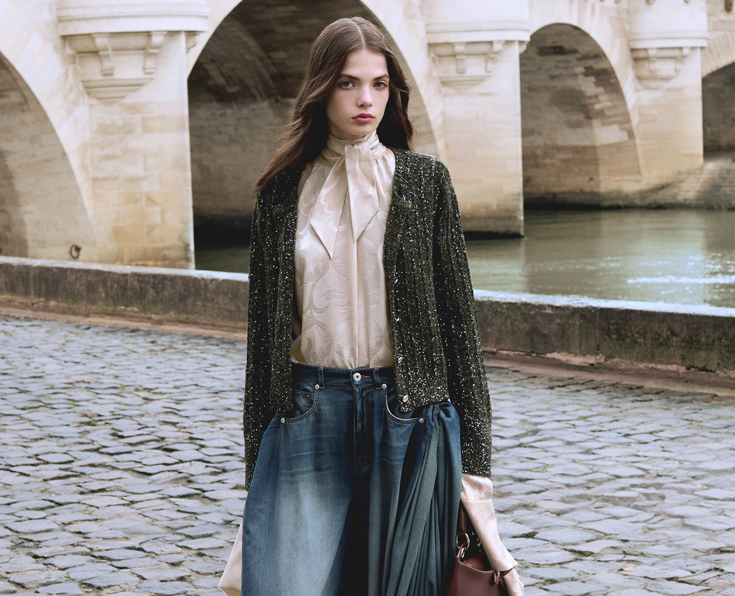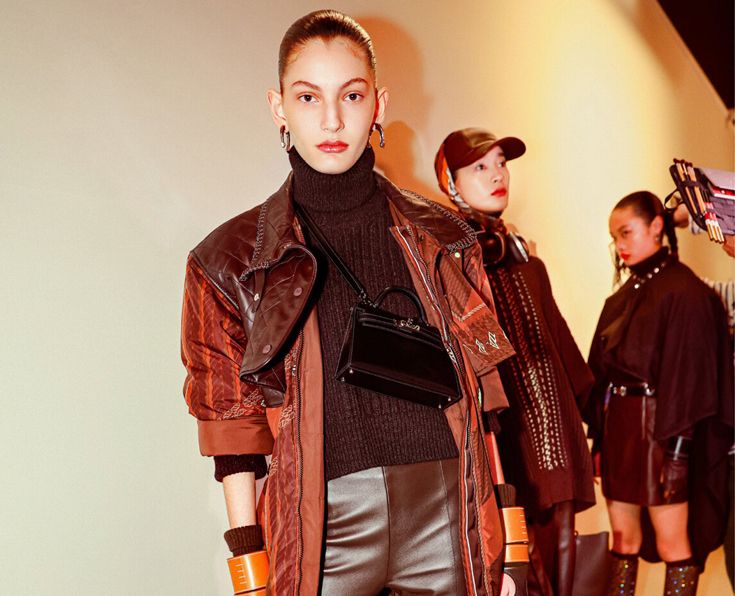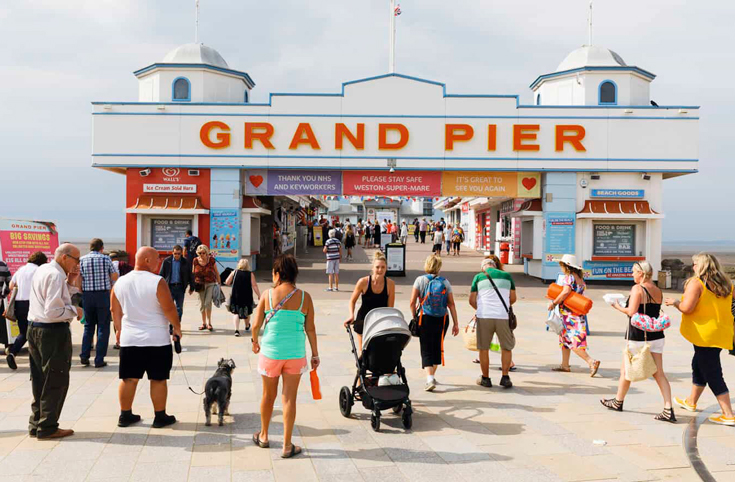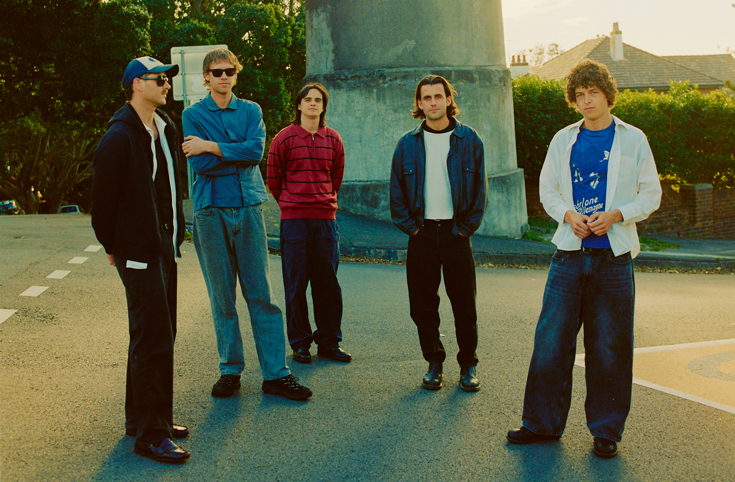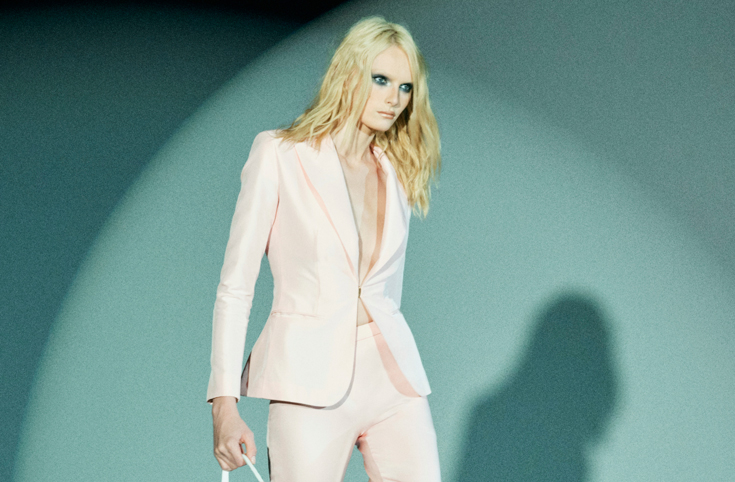‘MARK ROTHKO’ AT FONDATION LOUIS VUITTON

“If people want sacred experiences, they will find them here. If they want profane experiences they’ll find them too.”
Mark Rothko was an abstract expressionist; a visionary renowned for his disembodied veils of colour on canvas. His work, whether figurative or abstract (though usually the latter), was characterised by a rigorous attention to formal artistic techniques such as colour, shape, balance, depth, composition and scale, yet the artist generally avoided explaining the context of his work, believing the abstract image to directly represent the fundamental nature of “human drama.” He once said, “I became a painter because I wanted to raise painting to the level of poignancy of music and poetry.”
It’s been 24 years since the Musée d’Art Moderne de la Ville de Paris honoured the Russian-American artist’s prolific, lifelong opus. Now, at the Fondation Louis Vuitton, the first major retrospective dedicated to the late Mark Rothko (1903-1970) since that triumphant 1999 exhibition is on view, having opened its doors to the public just last week. Running until April 2, 2024, 115 works are showcased across nine galleries, each with their own story and collated from the collections of the largest international institutional and private collections, including the National Gallery of Art in Washington D.C., the artist’s family and the Tate in London. From Rothko’s earliest, more veracious figurative paintings where he was still finding his feet, to the prosaic works he’s renowned for today, the exhibition chronologically charts his entire career.
Christopher Rothko – the artist’s son and the authority who curated the exhibition alongside Suzanne Pagé, artistic director at the Fondation Louis Vuitton, with the foundation’s head of exhibitions François Michaud, and Ludovic Delalande, Claudia Buizza, Magdalena Gemra, Cordélia de Brosses – comments: “He [Mark Rothko] is concerned not with the everyday but with the big existential questions about ‘Why are we here? What does life mean?’, and he uses the language of abstraction – which he believes is universal – and the language of emotion – which precedes language – to have a conversation with us about what it really means to be alive.”

Upon entry, the vast atriums, like a multi-floor labyrinth of impassioned art, become the plain backdrop to his works. From room to room, enormous canvases loom, casting a shadow on those who gaze upon them. Seemingly lit from below rather than above, they conjure a caliginous, almost haunting mood.
Plastered on the walls, statements made by the late artist read, “I belong to a generation that was preoccupied with the human figure, it did not meet my needs. Whoever used it mutilated it”– referring to his works of the 40s – or “I’m not interested in colour. It’s the light I’m after”. Most notably, “I’m interested only in expressing basic human emotions,” is emblazoned on the overhead wall in the main foyer of the institute.
The exhibition opens with a haunting series of intimate scenes and urban landscapes – the more figurative and anthropomorphic of his works, characterised by deliberate deformations and a crude application of paint – that dominated his output in the 1930s. Slender bodies stand parallel to New York subway station posts and monoliths, attenuated, faceless and flat, serving as structural and expressive devices of confinement. Rothko’s only self-portrait resides there too; an expressive, figurative piece inspired by Rembrandt’s own portrait displayed at the National Gallery of Art in Washington.
It then transitions to a repertoire devoted to themes of myth, prophecy, archaic ritual and the unconscious mind. Characterised by a biomorphic style stimulated by the example of the surrealists, his work in the mid-1940s was used to express the tragic dimension of the human condition during the second World War.
From 1946, Rothko’s Multiforms, where chromatic masses suspended in a kind of equilibrium on the canvas, begin to emerge. These retain the play of figure, line and ground that Rothko employed in many of his earlier works, but become more conceptual with several vertically aligned rectangular forms that overlap according to a binary or ternary rhythm while whitish outlines surround some of the indistinct shapes like haloes.
By the 1950s, Rotho’s more distilled compositions, the ones he’s especially renowned for, begin to take shape. The oblong configurations decrease in number and spatial organisation becomes crucial. Thin layers of colour overlap to convey the impression of a shallow pictorial space, their translucency establishing a layered depth that vastly enriches the vertical architecture, large scale and open structure of the composition.

Rothko’s palette darkened rather drastically during the later part of that decade, to the “same colour scheme as Giacometti,” according to his son, or, in the words of art historian Dore Ashton, “his surfaces were velvety as poems of the night.”
This includes a set of wall paintings that he produced for the Four Seasons restaurant in the Seagram Building in New York in 1958, but never delivered, keeping the series to himself instead. Nine of them, usually displayed within the Tate’s Rothko room in London, appear here, their deep red and purple hues denoting something almost morose.
His 1969-1970 Black and Grey series is displayed alongside Alberto Giacometti’s large-scale sculptural figures and a miniature model of the chapel John and Dominique de Menil in Houston, which was inaugurated in 1971 and named the Rothko Chapel.
A group of paintings from the Rothko Room at the Phillips collection in Washington DC – inaugurated in 1960 as the first museum space dedicated to the artist and the only one opened in his lifetime – are displayed together. The works intentionally hang close to the floor, intensified under subdued lighting with a single, simple bench at the centre of the space to “encourage contemplation”.
Upon close inspection of the work, you’ll notice the subtle changes that ensue year on year: at first, Rothko signs his surname at the bottom corner of the canvas. Later, he only uses his initials until finally, what was once a signifier of his work becomes obsolete. It simply vanishes. Rothko’s first painting’s are effervescent, like candy-coloured compositions with straightforward titles. As time goes on, they become darker and lack a conventional name, titled simply for their colours or with just a number, seemingly denoting the long leadup to the artist’s eventual demise.
Before his death in 1970, Rothko had refined his eye for colours and honed in on his particular point of view as a preeminent visual artist. The artworks on display are a summation of his exploration of the human condition – some of the most important abstract artworks even made. What you really see is him; his obsession with colour, his innermost existential thoughts, his meticulous attention to detail.
Rothko is a true master of the brush, an era-defining creative whose feverish output and unparalleled respect for colour combinations enabled his ascent to the pinnacle of his profession. In his singular wake, he leaves a colour-coded trail of human sights, stories and circumstances.
Photography courtesy of the Fondation Louis Vuitton.





